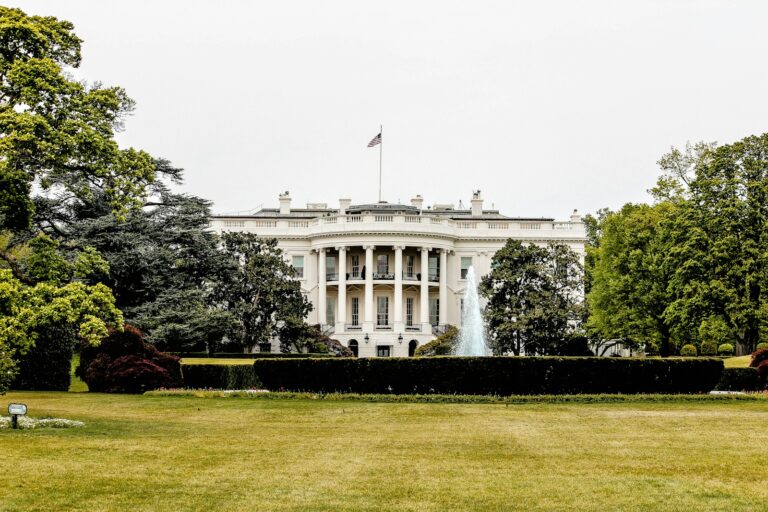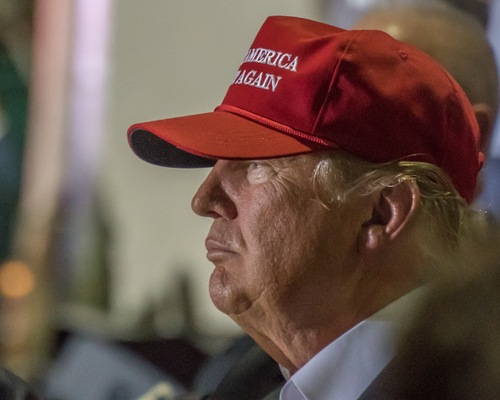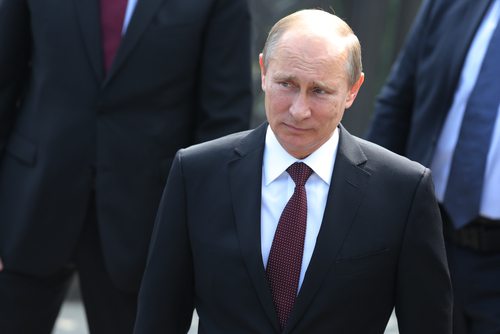Key Takeaways:
- xAI secured a crucial air permit to run 15 gas turbines powering its Memphis AI supercomputer.
- Strict pollution limits must be met using top tech by September 1st.
- The permit lasts until 2027, but breaking rules risks serious government fines.
- Memphis locals protested for months, worried about dirty air near their homes.
- This is only a partial win; the big supercomputer needs more power options soon.
Elon Musk’s artificial intelligence company, xAI, finally got its permit. Memphis officials approved it yesterday. This lets xAI use powerful gas turbines. These turbines run the colossal Colossus AI computer. But it comes with super strict pollution rules.
This ends months of arguments. Memphis residents complained loudly. They smelled weird fumes near the site. Folks worried about breathing dirty air. Health concerns were their main argument against xAI. Some people pleaded with local leaders. They demanded protection for nearby families.
What the Permit Demands Now
The Shelby County Health Department issued the permit. It grants permission to run 15 natural gas turbines. These engines supply vital electricity for Colossus. Colossus is Musk’s giant machine brain project. Notably, this approval expires fairly soon. The permit runs out January 2, 2027.
Crucially, xAI must install top-notch pollution controls. The county slapped deadlines on xAI. The company must get the best available control technology, called BACT. This fancy pollution-cutting gear must be up and running by September 1st. Starting September, it’s mandatory. Without it, xAI breaks the rules immediately.
Why September 1st? County officials acted fast. They set this hard deadline quickly. The goal is clear – cutting harmful exhaust fast. The permit lists exact limits for specific pollutants. Fumes from the turbines must stay below these caps. Some feared gases include nitrogen oxides and carbon monoxide. People often link these gases to smog and breathing troubles. They’re exactly what worried Memphis neighborhoods. This air quality shield aims to protect them.
Adding special filters could reduce some fumes significantly, experts note. Monitoring stations will track the emissions constantly. Regulators will watch the data like hawks. Falling behind schedule isn’t an option for xAI now. The county expects timely progress reports.
We repeatedly contacted xAI representatives for comment; they haven’t replied yet. Seeking the company’s perspective remains important. Their stance on meeting these rules matters.
Real Risks for Breaking Rules
What happens if xAI messes up? The permit tells them clearly. Failure means big trouble. The county health department could shut turbines down. They could issue costly fines immediately. Worse, the federal Environmental Protection Agency might step in. The EPA holds even bigger hammers. Federal enforcement usually means massive penalties. This permit treat it seriously.
Getting this permit required intense back-and-forth. Negotiations dragged on since February at least. Paperwork piled up for months. Environmental reviews slowed things down. County planners asked tough questions. They demanded solid guarantees about pollution reduction strategies. Community pressure forced extra scrutiny. Final approval only came after intense legal vetting.
Resident groups submitted pages of concerns during public comments. Copies of these letters reveal deep worries about health impacts. Families described unexplained coughs or rashes occurring suddenly. Critics argued the turbines belong nowhere near schools. Permitting experts reviewed these claims carefully. Officials weighed risks versus technological benefits in Memphis.
Simultaneously, xAI argued their supercomputer needs this power urgently. Future AI breakthroughs depend on massive computing like Colossus, they likely stated privately. Other big tech firms face similar energy dilemmas nationwide. Balancing progress with planet protection gets messy.
Colossus Needs Much More Power
Here’s another twist. Fifteen turbines aren’t enough anyway. Reports suggest Colossus needs way more electricity eventually. Everyone agrees fifteen units won’t cut it long-term. Expansions are already required. Additional permits will be necessary soon. Will Memphis approve more smoky engines? Officials dodged that question entirely yesterday.
xAI potentially craves hundreds of megawatts eventually. Local power grids simply cannot deliver that yet. Alternative sources like solar take years to build. Gas turbines offered the fastest solution. Hence, the scramble for this specific permit started early.
Meanwhile, this partial victory lets construction progress. Workers can move forward on key infrastructure parts. Training staff for complex operations should begin soon. Delays stalled critical milestones already. Meeting development targets became tougher weekly. The September 1st pollution tech deadline adds next pressure.
What Locals Are Saying Today
Reactions today are sharply divided. Some business leaders celebrated the news temporarily. Fewer project delays help Memphis hire planned workers faster, they reasoned. Others remain deeply uneasy. Environmental activists feel overlooked again. They fear officials prioritize flashy tech over clean air promises everywhere.
I spoke to Mrs. Deborah Carter; she lives near the construction site. Her front porch overlooks the fencing. “Give me clean air or stop building,” she declared angrily. “My grandson has asthma. We smell chemicals sometimes, especially late at night. Will this fancy technology stop making us sick? Honestly? I’ll believe it when I feel safe walking outside breathing deep.”
Construction noise increased last week she noted. Digging trenches continues daily now. Strange vehicle traffic keeps her awake. She worries bright lights will shine constantly adding to her misery. She hoped health officials listened harder.
Community advocate Jamal Owens sounded slightly hopeful at least. His group protested for months outside meetings. “We fought hard,” he stated firmly. “The permit includes protections we demanded fiercely. September 1st becomes our watch date next. If smelly smoke disappears, fine. If not? We shut it down ourselves through county channels. Our message stays consistent.” He stresses constant public document checking is crucial going forward.
Technology analysts noted this turbulence shows AI’s dirty hidden secret. Training advanced models takes immense power frequently. Other companies prefer hiding energy consumption quietly. Elon Musk faces intense attention constantly. His projects create media spotlights brighter than others require.
Energy scholars worry cities lack plans for data center explosions anywhere. Particularly thirsty AI factories rush into unprepared towns today. Experts advocate smarter zoning before construction permits paperwork flows faster. Sustainable energy investments lag badly currently. Tech giants frequently promise clean power for overclocked projects vaguely. Sticking to green commitments becomes challenging under pressure.
The Clock is Ticking for xAI
So xAI cleared one hurdle finally. Memphis granted conditional permission temporarily. Yet much heavy lifting remains ahead. Installing the required pollution controls quick matters most. Company engineers face a tight summer schedule ahead. Sourcing specialized parts may create unexpected headaches also.
Testing emission levels reliably takes time too. Calibration procedures require professionals properly. County inspectors plan aggressive oversight actively. Paperwork documenting compliance must be flawless. They want zero excuses later.
Failing to meet the September 1st deadline triggers consequences swiftly. County officials stated enforcement actions won’t hesitate. Protecting public health beats company convenience decisively here. Profit margins won’t shield violations anymore.
Meanwhile, Elon Musk pushes his AI ambitions ahead rapidly. Competitors like OpenAI advance their models constantly. Delivering powerful products probably pressures xAI management significantly. Growing risks involves dangerous shortcuts potentially. Balancing AI progress against local harmony is the real test ahead.
Long-term solutions are also missing still. Fifteen gas turbines merely help cope briefly. The giant Colossus supercomputer needs permanent ample juice eventually. Finding sustainable clean power suddenly feels absolutely critical for xAI. Memphis will watch their next steps intently. The planet demands smarter energy choices universally.
xAI’s future in Memphis hinges crucially on compliance since yesterday. Community trust hangs in the balance similarly. Clean air remains non-negotiable for resident families daily. Everyone now watches what smokestacks pumptomorrow. Technology serves humanity best when protecting our shared home always comes first decisively. September first arrives fast. Performance speaks louder than PowerPoint slides then. Actions define corporate character ultimately.










